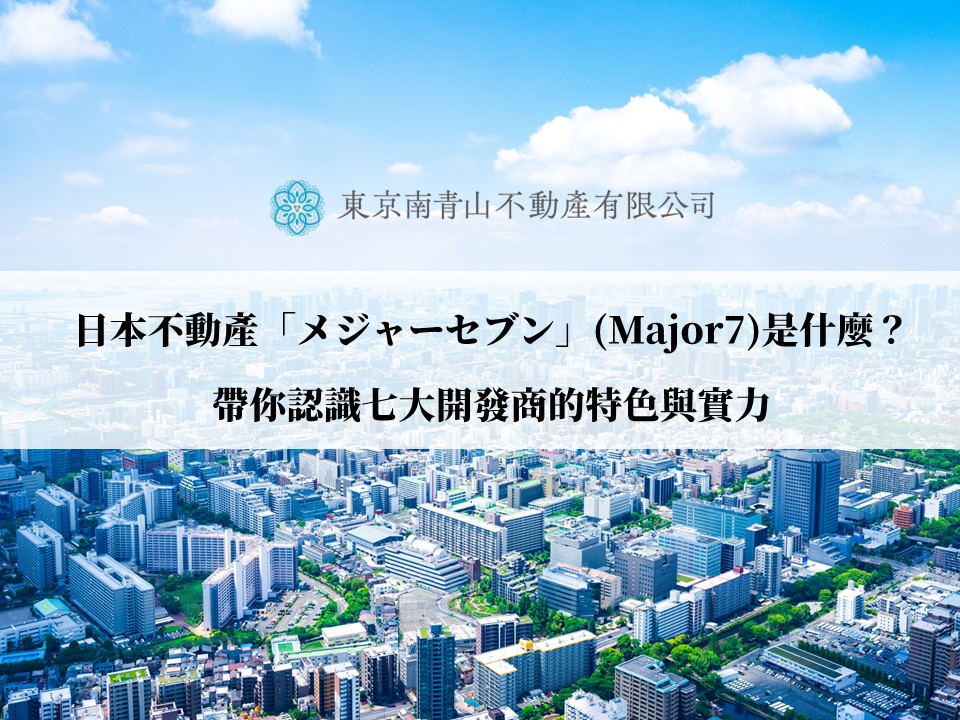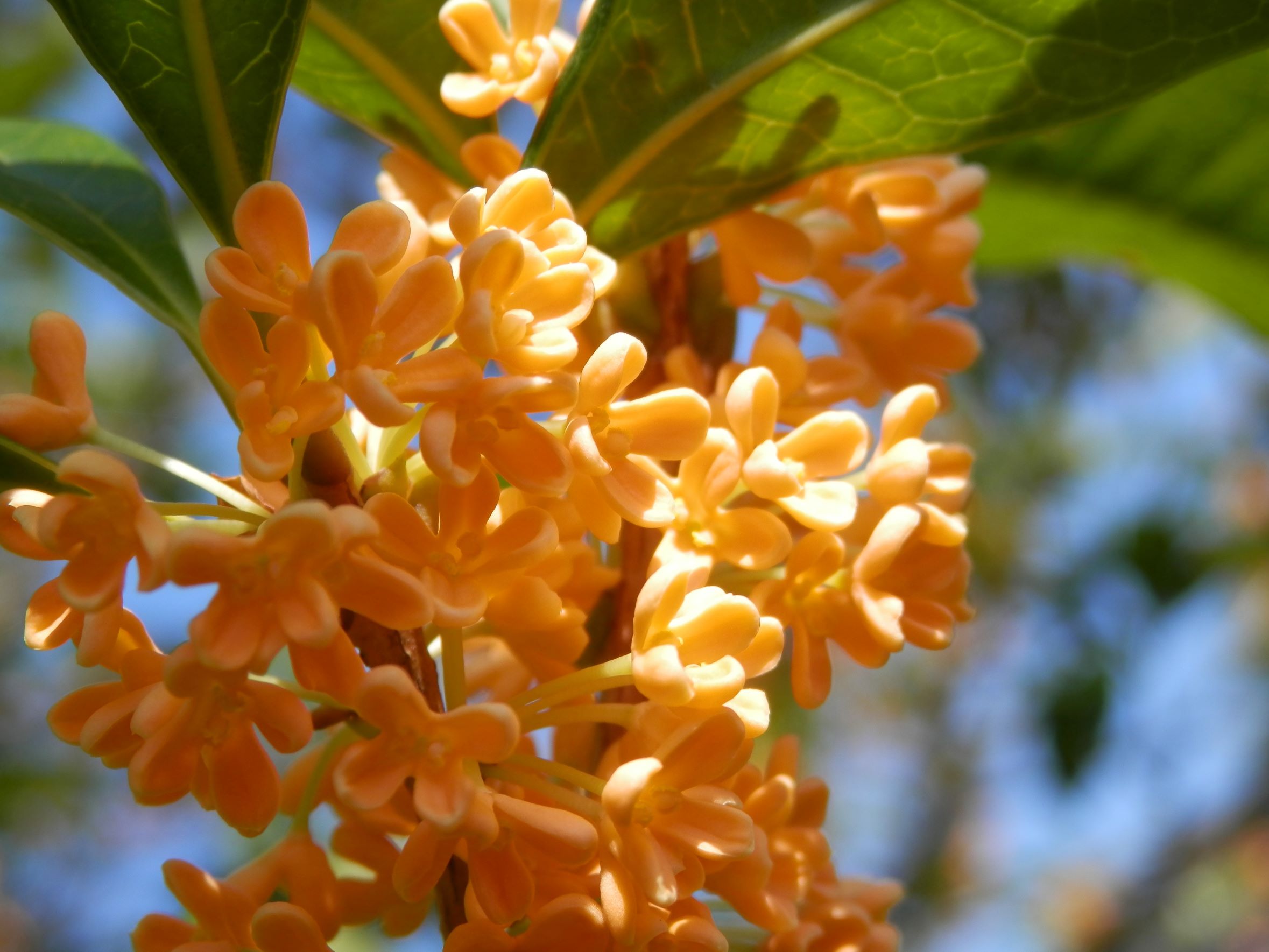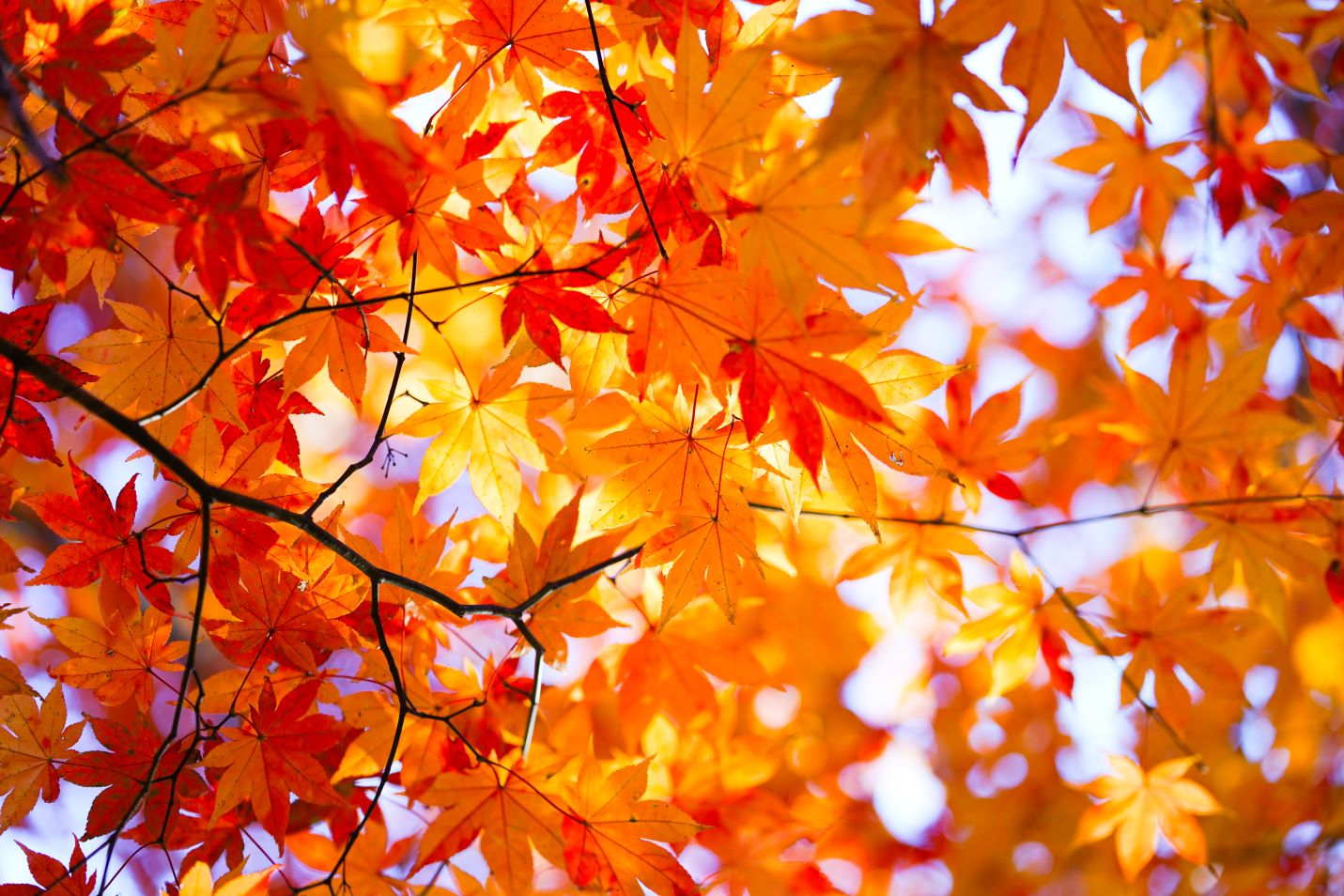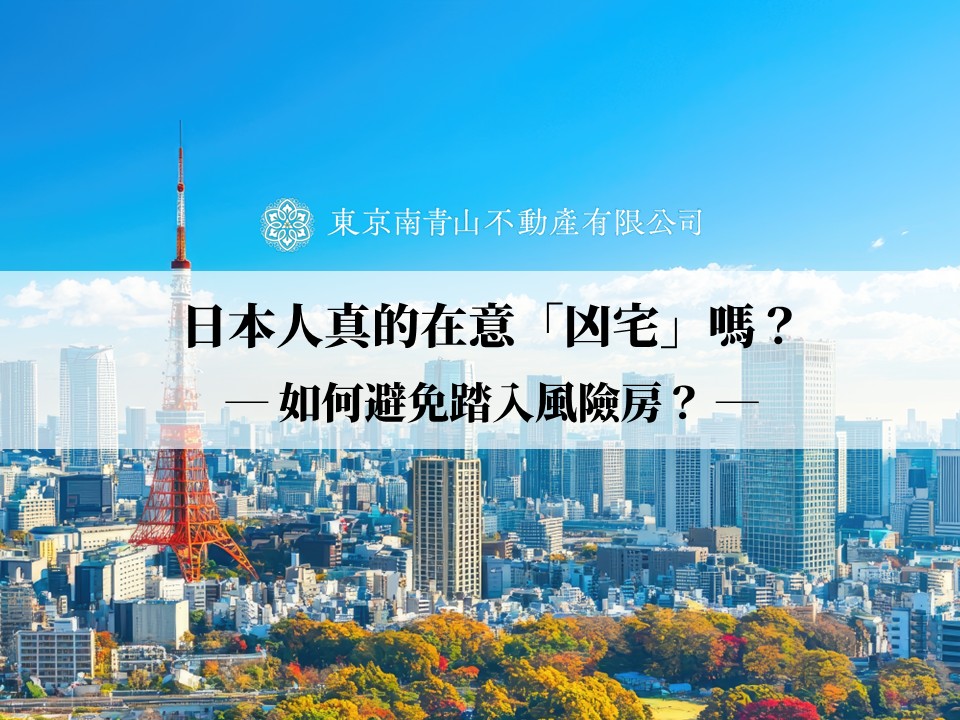The Spring Festival season is coming. Why don't you celebrate the Dragon Year 2024 with GOKUIN RYOMA, a Japanese sake named after the dragon?
"GOKUIN RYOMA" is a sake brewery with a 350-year history in Fushimi, Kyoto. It is inspired by Japan warrior Sakamoto Ryoma, who was active during the turbulent era from Edo to Meiji.
The mellow mouthfeel, rich aroma, and sharp taste of GOKUIN RYOMA goes well with Taiwanese and Japanese cuisine.
Packed by a delicate package, GOKUIN RYOMA is undoubtedly a presentable gift.
Rice-Based Alcoholic Fermented Beverages produced by a long-established sake brewery in Kyoto using the traditional method to ferment.
GOKUIN RYOMA is a Japanese sake made by “Masuda Tokubee Shoten,” the oldest sake brewery in Fushimi, Kyoto with a history of 350 years.
In recent years, digitalization has progressed in sake brewing, but Masuda Tokubee Shoten has not changed its brewery method since its founding in 1675. It values the traditional method of producing sake which is brewing sake by hand and brewing sake during winter season. In addition, while preserving tradition, we continue to take on new challenges and discover something new. In 1964, the 13th generation invented the first "sparkling nigori sake" in Japan. Sparkling nigori sake is thought to be a revival of the forgotten "Doburoku"(a kind of Japanese alcoholic beverage). In recent years, we endeavor to revive and cultivate the rice for sake brewery and develop low-alcohol’s sake.
GOKUIN RYOMA is made by the 14th generation of Masuda Tokubee Shoten in the image of Sakamoto Ryoma, and it is a kind of rice-based alcoholic fermented beverages. The materials of GOKUIN RYOMA such as rice, koji, and water are all come from Kyoto.
Japanese sake is classified into various categories according to the producing method, but rice-based alcoholic fermented beverages which uses only rice, koji, and water with polished rice to less than 60% or less. It will not add the brewer’s alcohol during the brewing process and the liquid will be fermented slowly at a low temperature.
Sakamoto Ryoma was a person who was active in the "Bakumatsu (shogunate) period." In addition, it is said that Sakamoto Ryoma founded the first Japanese trading company – “Kameyama Shachu.” Moreover, Sakamoto Ryoma played a crucial role in establishing an alliance between the rival Satsuma Domain (Kagoshima Prefecture) and Choshu Domain (Yamaguchi Prefecture). Thanks to him, the 265-year Edo shogunate ended and a new era began. Sakamoto Ryoma was generous and friendly which made him good at expanding social network. Rumor says that he also loved to drink.
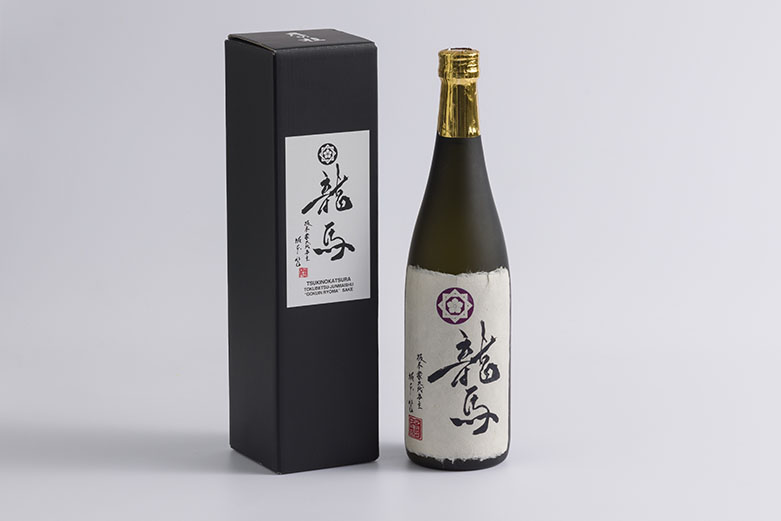
It is worth noting to the labels on the sake bottle. The label is made by precious traditional Japanese paper, and the words on it is designed by the descendants of Sakamoto Ryoma
Beside the wonderful taste of GOKUIN RYOMA, the brewer has been recognized for its persistence to sake brewing. GOKUIN RYOMA, with great honor, was dedicated to "Ise Jingu Shrine", which is known to worship "general god of Japan".
To match the specialty of GOKUIN RYOMA, even the label on it is extraordinary.
The label is made of “Kurotani washi” which is a traditional Japanese paper that has been passed down in Kyoto for more than eight hundred years.
Kurotani washi is handmade by skilled craftsmen on by high-quality mulberry wood, the paper is durable and beautiful. Kurotani washi has been used not only for daily necessities such as lanterns, Japanese umbrellas, and wrapping paper but also for cultural properties such as the paper sliding doors of Kyoto's Nijo Castle (a world heritage site).
In addition, the word "Ryoma" written on the label was designed by Noboru Sakamoto, the head of ninth generation of the Sakamoto family.
Sakamoto Ryoma risked his life to change Japan into a better country, we hope that he can become an inspiration for you to conquer the challenges.
The matte textured black cosmetic box is an image of the black ship on which Perry of the U.S. Navy, who arrived in 1853, was on.
Sakamoto Ryoma dreamed of traveling around the world with his family on a black ship and trading with other countries.
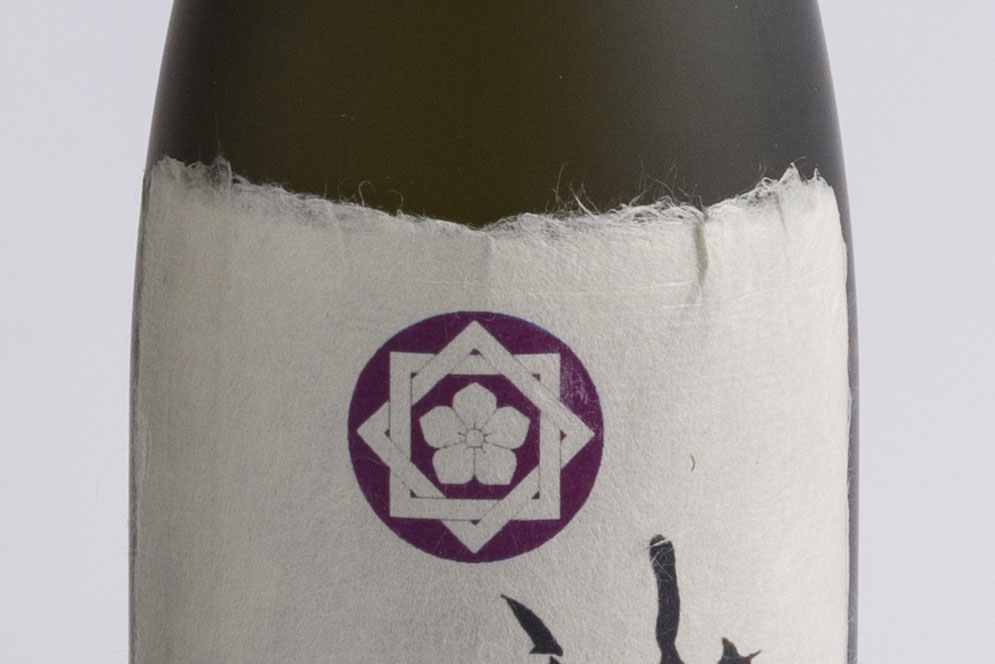
GOKUIN RYOMA goes well with Japanese and Taiwanese cuisine.
GOKUIN RYOMA features free and bold, and is characterized by a rich aroma, sweetness, and crisp strength reminiscent of a gentle Sakamoto Ryoma.
It goes well with various dishes, especially for dishes with simple cooking methods, such as sashimi, salt-grilled and sake-steamed seafood, chicken, stir-fried and simmered vegetables. Moreover, it goes well with soy sauce and miso. In the cold season, it is also recommended to have it with oden, sukiyaki, and hot pot dishes.
On the other hand, it also goes well with Taiwanese cuisine such as onion beef, rice noodle, Taiwanese grilled meat, stewed chicken with three cups sauce, Buddha’s temptation, pineapple shrimp, and ginger chitlins.
Furthermore, it also goes well with Italian and French, so you can have it with meat dishes such as prosciutto and steak.
"Dragon god" the god of the water also loves Japanese sake.
The Chinese zodiac signs of 2024 is the Dragon.
Although it is the only fictional animal among the twelve zodiac signs, it has been used as a symbol of the power of the emperor since ancient times in China.
It is said that the image of a dragon was brought to Japan from China during the Yayoi period. From the “Ikegami-Sone Historic Site Park” in Izumi City, Osaka Prefecture, a jar depicting a fictitious animal that imitates a dragon has been found, and a copper mirror decorated with a dragon has been excavated.
In addition, since ancient times, Japanese has worshipped "dragon god" who controls natural rivers, seas, and rain. There are shrines dedicated to dragon gods in various parts of Japan.
There are also various legends related to dragons, such as "Good things happen when you see a dragon-shaped cloud".
People believes that dragon god’s favorite food is Japanese sake.
Japanese sake made with pure water and rice nourished by water, may have a special meaning to the dragon god.
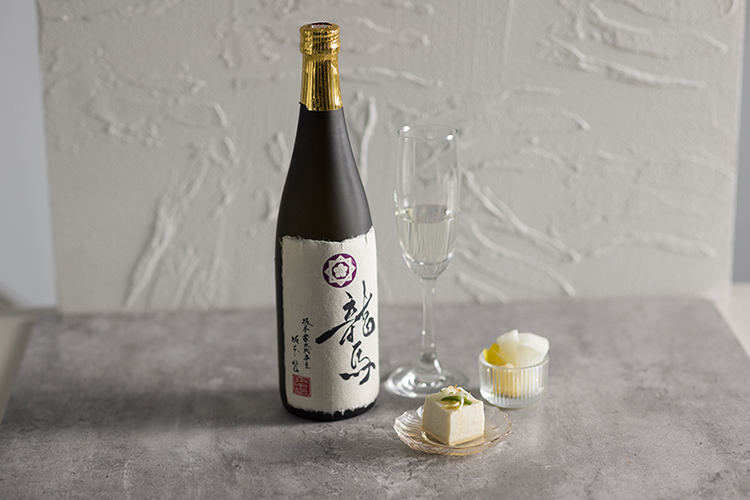
Summary
In Japan, Japanese sake has been used as an offering to the gods since ancient times and is indispensable for celebrations such as New Year's and weddings.
During the Spring Festival in the Year of the Dragon, why don't you enjoy the flavor of GOKUIN RYOMA while thinking about Sakamoto Ryoma and the dragon god?



